This is a one-page summary that we created to send to our celebrity champions for moms, the media and other key influencers that can help us raise awareness of this cause, change the public perception of breastfeeding, and join us in putting pressure on the Booby Traps, not moms. It is not comprehensive, it is a snapshot of the urgency of this issue. Printable PDF version is available here: BfB State of US Breastfeeding
Breastfeeding, like exercise, is one of the most highly preventive and cost-effective ways to protect the health of mothers, babies, the population, and the planet. Yet, the U.S. has one of the lowest rates of breastfeeding among industrialized countries and one of the highest rates of infant mortality. Our rates of breast cancer, diabetes, obesity, and asthma are growing at an alarming pace. It is estimated that normal breastfeeding rates could save the U.S. $13 billion and 911 lives annually on health care & associated costs for just 10 diseases. Suffering & anguish is epidemic.
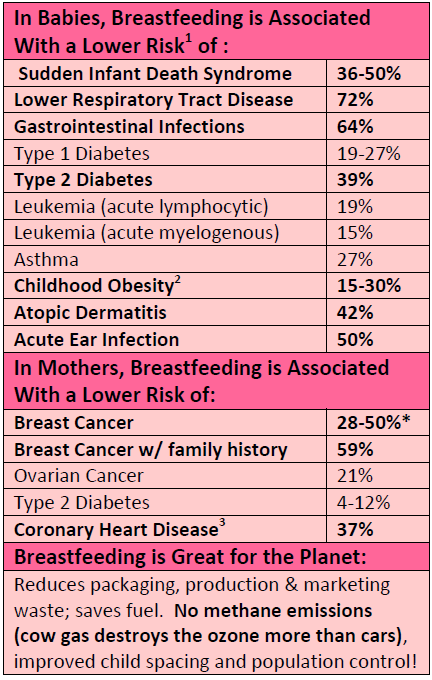 U.S. Breastfeeding Rates: 86% of expecting mothers who want to breastfeed are being “Booby-Trapped“- actively prevented from exercising their basic human right and instinct to nourish and nurture their young and protect their own health. 75% try breastfeeding at least once, yet only 13% make it to 6 months of exclusive breastfeeding. Compare that to Sweden, where 98% try and 79% are nursing at 6 months! Mothers are being urged to breastfeed but set up to fail: 60% do not reach their personal breastfeeding goals, whether that’s 2 days, 2 months, or 2 years, and it is not their fault.
U.S. Breastfeeding Rates: 86% of expecting mothers who want to breastfeed are being “Booby-Trapped“- actively prevented from exercising their basic human right and instinct to nourish and nurture their young and protect their own health. 75% try breastfeeding at least once, yet only 13% make it to 6 months of exclusive breastfeeding. Compare that to Sweden, where 98% try and 79% are nursing at 6 months! Mothers are being urged to breastfeed but set up to fail: 60% do not reach their personal breastfeeding goals, whether that’s 2 days, 2 months, or 2 years, and it is not their fault.
Booby Traps: In the predominantly bottle-feeding U.S., mothers face a gauntlet of cultural and institutional barriers to breastfeeding:
- Only 4% of U.S. hospitals follow a proper breastfeeding protocol. The CDC found that the average hospital scores 63 out of a 100 . . . That’s a “D”! 25% of healthy, full-term babies are being supplemented with formula or sugar water, often against medical advice and parents’ wishes. Supplementing causes breastfeeding problems, health consequences, increased costs, and has been shown to decrease breastfeeding duration.
- 70% of hospitals market free formula in “breastfeeding gift bags.” Physicians, nurses, maternity stores and baby registries are targeted to peddle formula samples and coupons, which undermines breastfeeding and is a serious conflict of interest. Formula company lobbyists diluted & derailed the government’s $3 million breastfeeding ad campaign; formula advertising doubled to $50 million. Breastfeeding rates went down.
- Ob-gyns & pediatricians learn very little about lactation management in med school, not even how to recognize problems or refer or encourage patients. Imagine having heart disease and not be referred to a cardiologist!
- Harassment for nursing in public, even discreetly, undermines confidence, milk supply, and continuation. Although workplace policies are slowly improving, women are still being discriminated against and humiliated.
- Moms who can’t breastfeed or are struggling don’t know about or have access to screened, safe donor milk. Preemies and sick babies need it desperately (as do mothers with breast cancer, HIV, medication contraindications, insufficient glandular tissue). Human milk banks struggle to meet demand, and cost to consumer can be prohibitive.
- The U.S. is the only industrialized country without a paid parental leave policy; we’re in the bottom 3% out of 168 countries, in the company of Lesotho, Papua New Guinea and Swaziland. Despite recent advancements, moms face tremendous barriers at work, which decreases motivation for initiating breastfeeding and curtails continuation.
- Insurance coverage of lactation care and supplies starts in 2012, clarity is needed on specifics and standard of care.
[1]Breastfeeding and maternal and infant health outcomes in developed countries: Agency for Healthcare Research and Quality; 2007. AHRQ Publication No 07-E007.
[2] Harder T, Bergmann R, Kallischnigg G, Plagemann A. Duration of breastfeeding and risk of overweight: a meta-analysis. Am J Epidemiol 2005; 162:397-40
[3] Am J Obstet Gynecol. 2009 Feb;200(2):138.e1-8. Epub 2008 Dec 25.
*Am J Epidemiology. (2000) 152 (12):1129-1135.
©Best for Babes, 2011. Please feel free to print BfB 2011 State of US Breastfeeding as a handout, or link to this page.



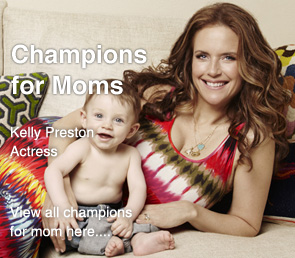
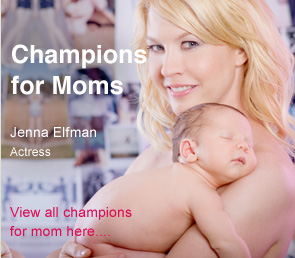
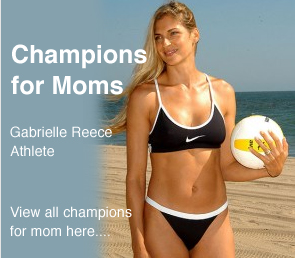
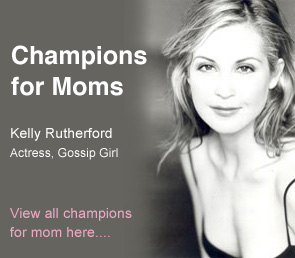
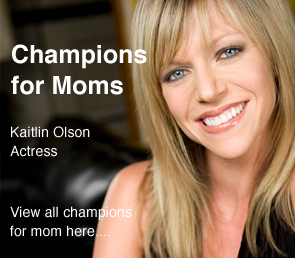
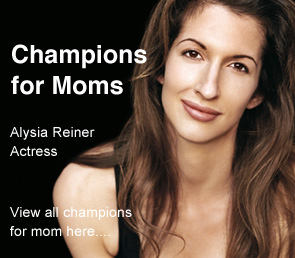
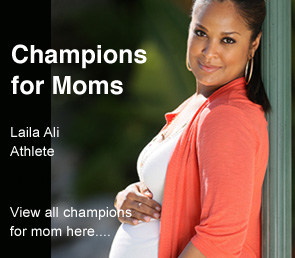
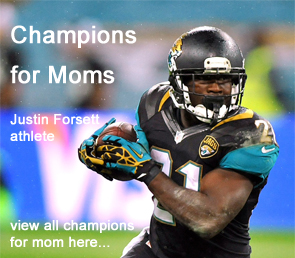
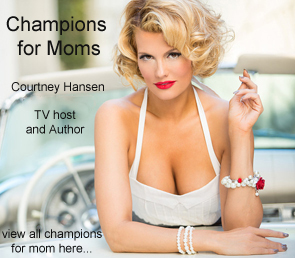
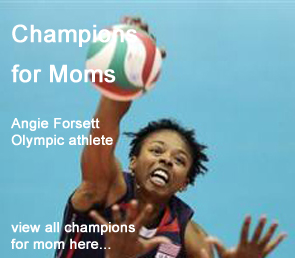
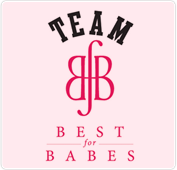
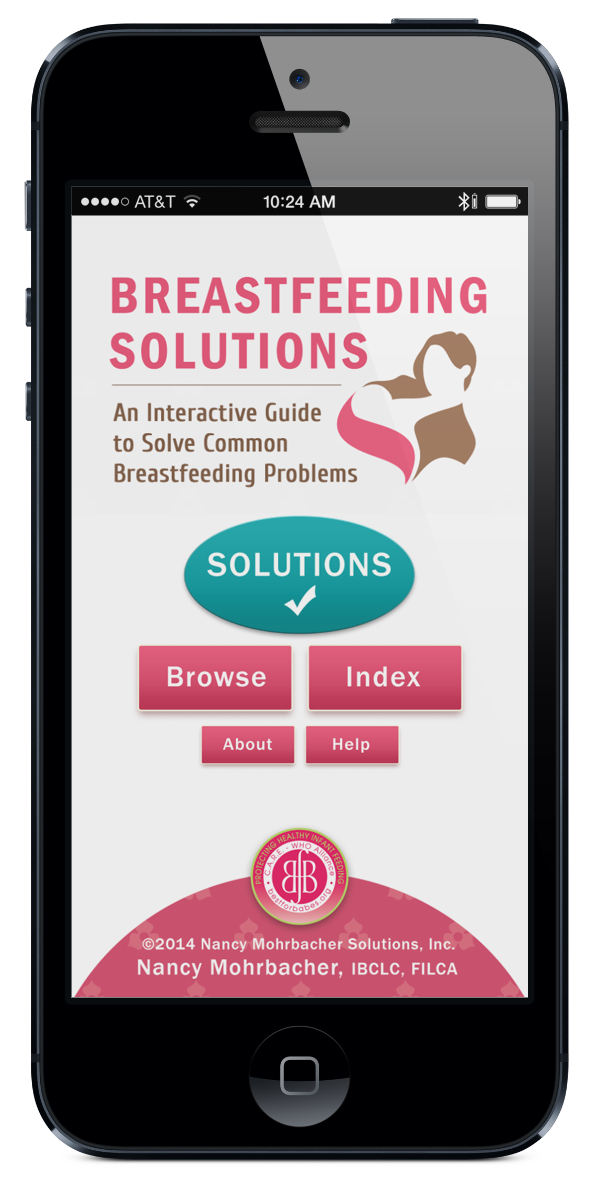
Thanks for posting this article. Please keep in mind that we should really be using breastfeeding as the NORM, i.e. that which other feeding methods should be measured against. That means saying, “formula feeding (or NOT breastfeeding INCREASES the risk of xyz” in stead of “breastfeeding LOWERS the risk of xyz”. It’s just a subtle difference in the wording but helps us to always remember breastfeeding as the norm. Erica Neser, IBCLC South Africa
Wonderful point Erica. Some day people will catch on. Let’s remember that we don’t refer to the benefits of not smoking.
We agree that breastfeeding needs to be positioned as the norm. Unfortunately, the studies we quote and cite show data in terms of lowered risk associated with breastfeeding, so we have to follow suit. We need more scientists and researchers to conduct studies on the risk of formula feeding, and we need more physicians to talk about the risks of formula feeding. When that happens, the rest of society will follow!
It’s Papua New Guinea, not Papa.
Yeah! Breastfeeding is said to improve child spacing. If interested in natural child spacing, read The Seven Standards of Ecological Breastfeeding: The Frequency Factor.
Pingback: Breastfeeding - Right or Privilege? How American Society Causes Inequalities in Breastfeeding...And How We Can Do Better - Becoming Mamas